Breeding season is right around the corner, which means you'll soon be hearing a lot of specific horse breeding terms around here. Whether you're new to horse farming, considering breeding a mare someday, or you just want to better understand what happens behind the scenes, this guide will walk you through a few essential concepts. We're only scratching the surface, but these five terms will give you a solid foundation to follow along this season.
1. What Is Animal Husbandry?
Before getting into the technical parts of horse breeding, it helps to understand animal husbandry. This is the branch of agriculture focused on the care, breeding, and management of livestock. Sheep may be raised for wool, cattle for dairy or beef, and horses for performance, sport, or ranch work. Here on our farm, horse husbandry is a core part of what we do, caring for and managing horses in a way that supports their health, performance, and future generations.
Animal husbandry is the umbrella term that every other breeding concept falls under.
2. What Is Live Cover?
The first hands-on breeding method is called live cover. This is the traditional and most natural breeding process, the stallion and mare are physically present together, and breeding happens naturally without technological intervention.
Live cover is used widely around the world and is Mandated in some breeds like the Thoroughbred industry. However, it's not a method we typically use. Our farm focuses on safer and more controlled practices that reduce stress and injury risks for both mare and stallion.
3. What Is Artificial Insemination?
The most common method you'll see on this channel is artificial insemination. It offers several benefits to horse breeders:
• The stallion does not have to be present
• Semen can be shipped from anywhere in the country
• A single collection can breed multiple mares
• Lower risk of injury compared to live cover
The breeder closely monitors the mare's ovulation, often by ultrasound, then semen is inserted into the mare's reproductive tract at the perfect moment to increase the chance of pregnancy. Artificial insemination has become one of the most important advancements in modern horse breeding and horse farming because it opens up access to top stallion genetics worldwide.
4. What Is Embryo Transfer?
Next up is embryo transfer, a method that allows you to get foals from valuable mares without requiring them to carry the pregnancy. Instead, a surrogate mare called a "recipient mare" carries and foals the baby.
Here's how it works:
• The donor mare is bred and ovulates normally
• About 7 days later, the embryo is flushed out
• The embryo is placed into a synchronized recipient mare
• If all goes well, she becomes pregnant and raises the foal
This is helpful for mares still in competition or ones who should not carry due to health or performance goals. It's a great option to preserve genetics while keeping the donor mare actively working.
5. What Is ICSI (Intracytoplasmic Sperm Injection)?
ICSI — pronounced "ick-see", is a more advanced form of assisted reproduction. It's similar to techniques used in human fertility medicine.
Steps in the ICSI process:
• Eggs are collected (via follicle aspiration) from the donor mare
• Each egg is matured in a lab
• One single sperm is injected directly into the egg
• The fertilized embryos continue developing in the lab
• They are frozen or transferred into a recipient mare later
One mare can produce many eggs in one session, which means multiple chances at embryos and future foals. We often freeze embryos and use them when breeding season officially arrives. ICSI adds flexibility and increases breeding opportunities when timing, travel, or cycles don't line up naturally.
What Does "Six Panel Negative" Mean?
You'll often hear the term six panel negative when discussing stallions and mares approved for breeding. This refers to the horse being clear of six major genetic diseases commonly tested in Quarter Horses and Paints. Some are recessive and some are dominant, and carriers can pass them to foals.
Testing genetics ensures breeders choose sires and dams that give foals the best chance of a healthy life. In responsible horse breeding programs, knowing a horse's genetic status is non-negotiable.
What Else Do You Want to Learn?
These horse farming and breeding terms are just the beginning. There are so many more details, ultrasounds, ovulation timing, semen quality, foal development, and more. If there are phrases you've heard me say that you want explained, let me know! We'll continue breaking these down in future posts so you can follow along confidently as breeding season kicks off soon.
Stay tuned, and thanks for learning with us!

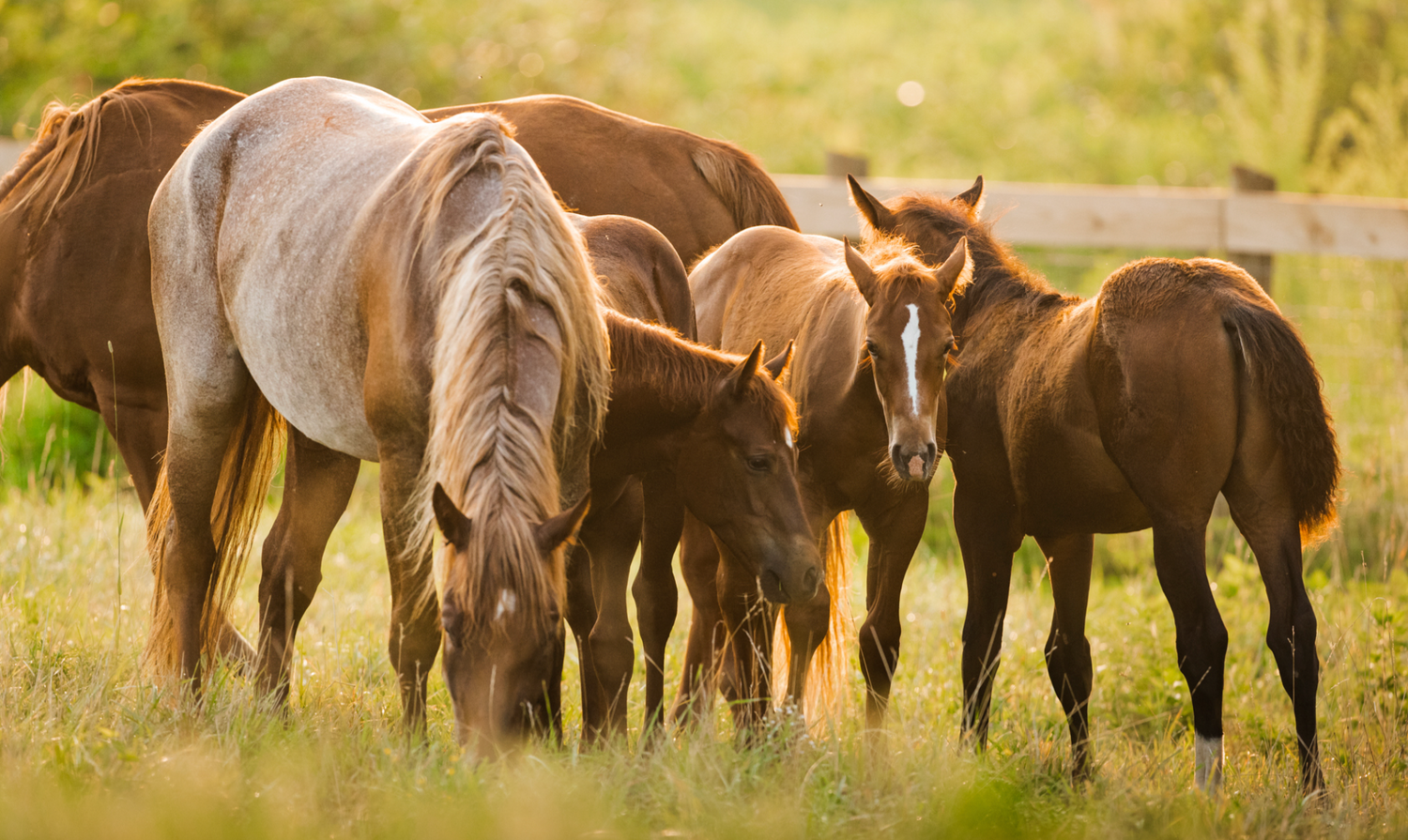
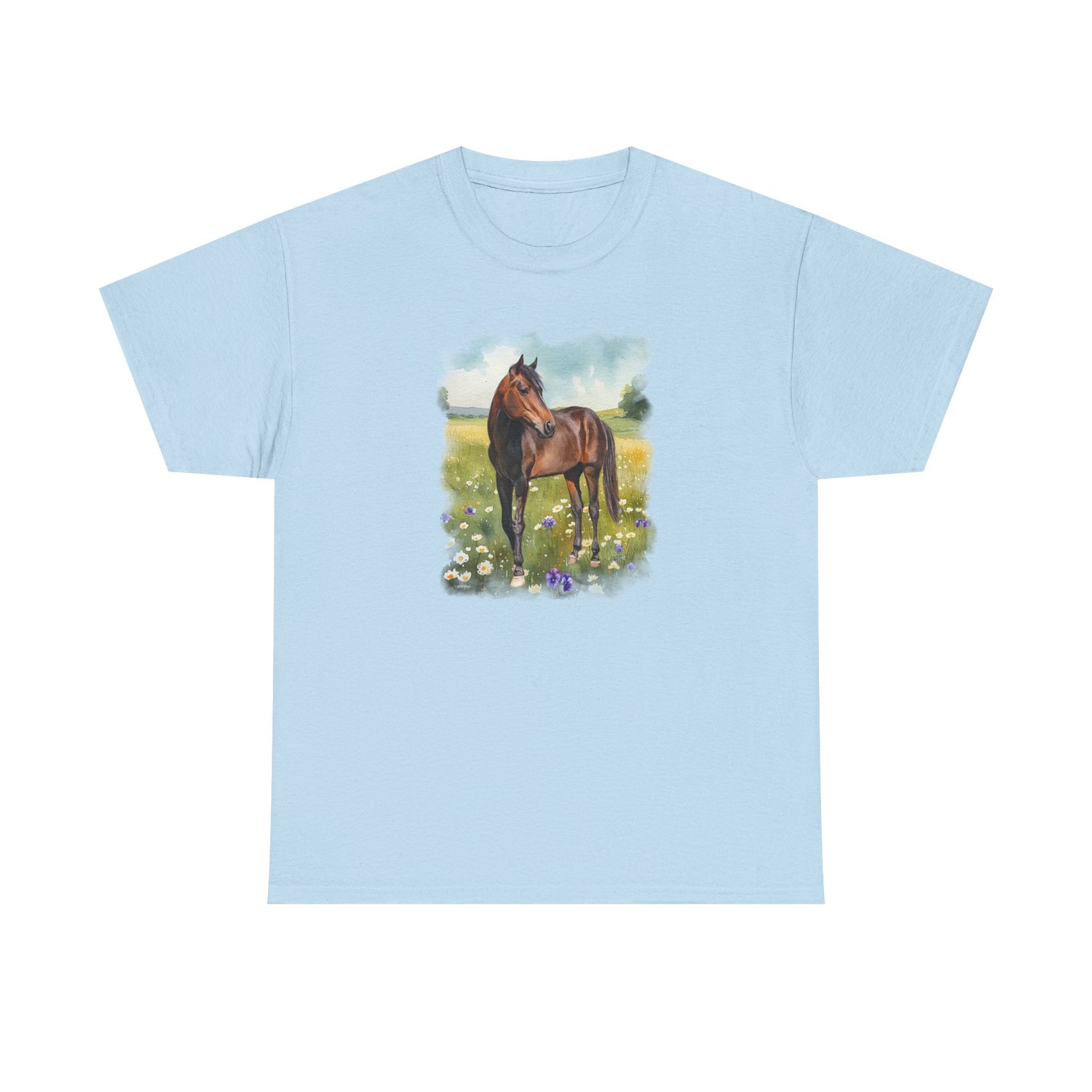
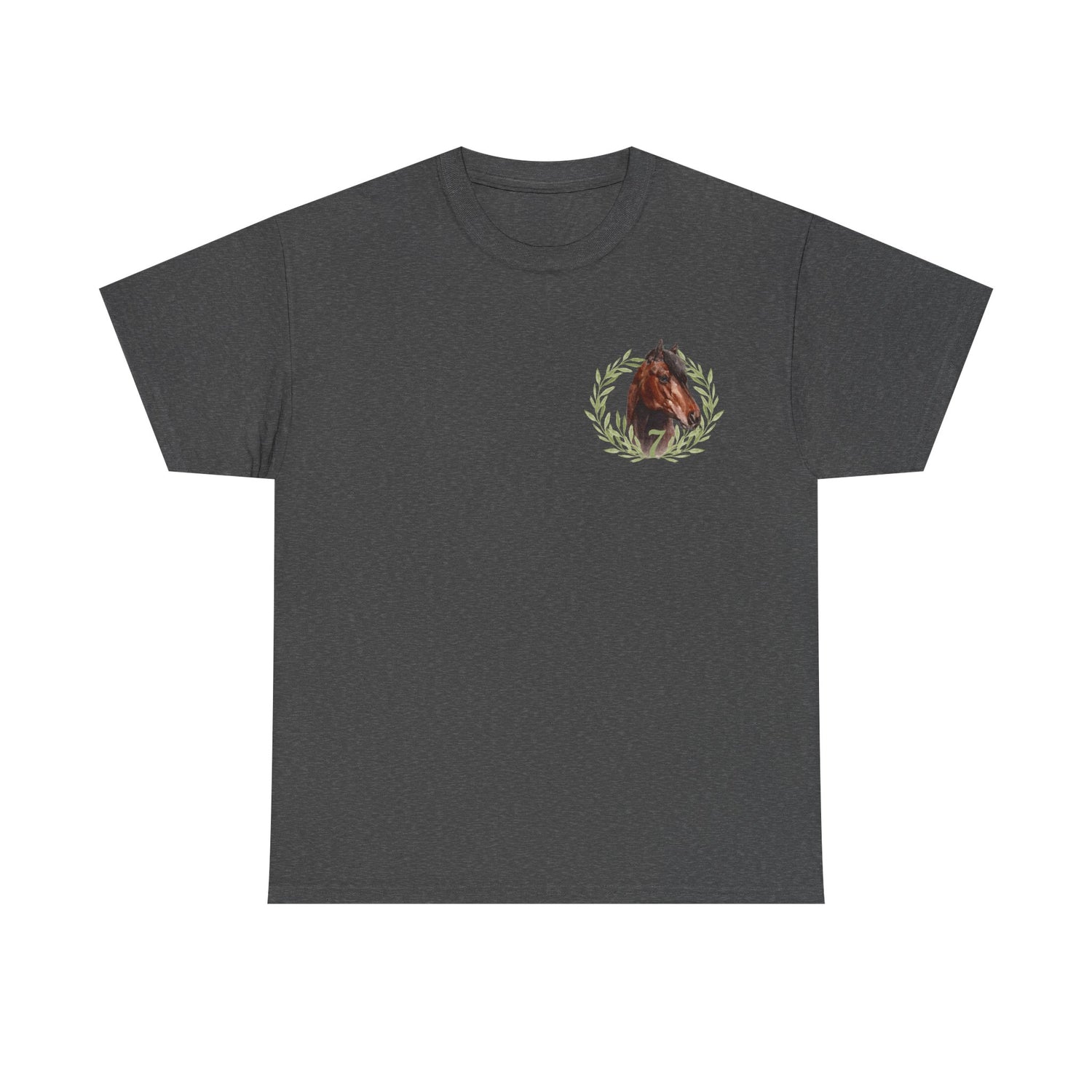
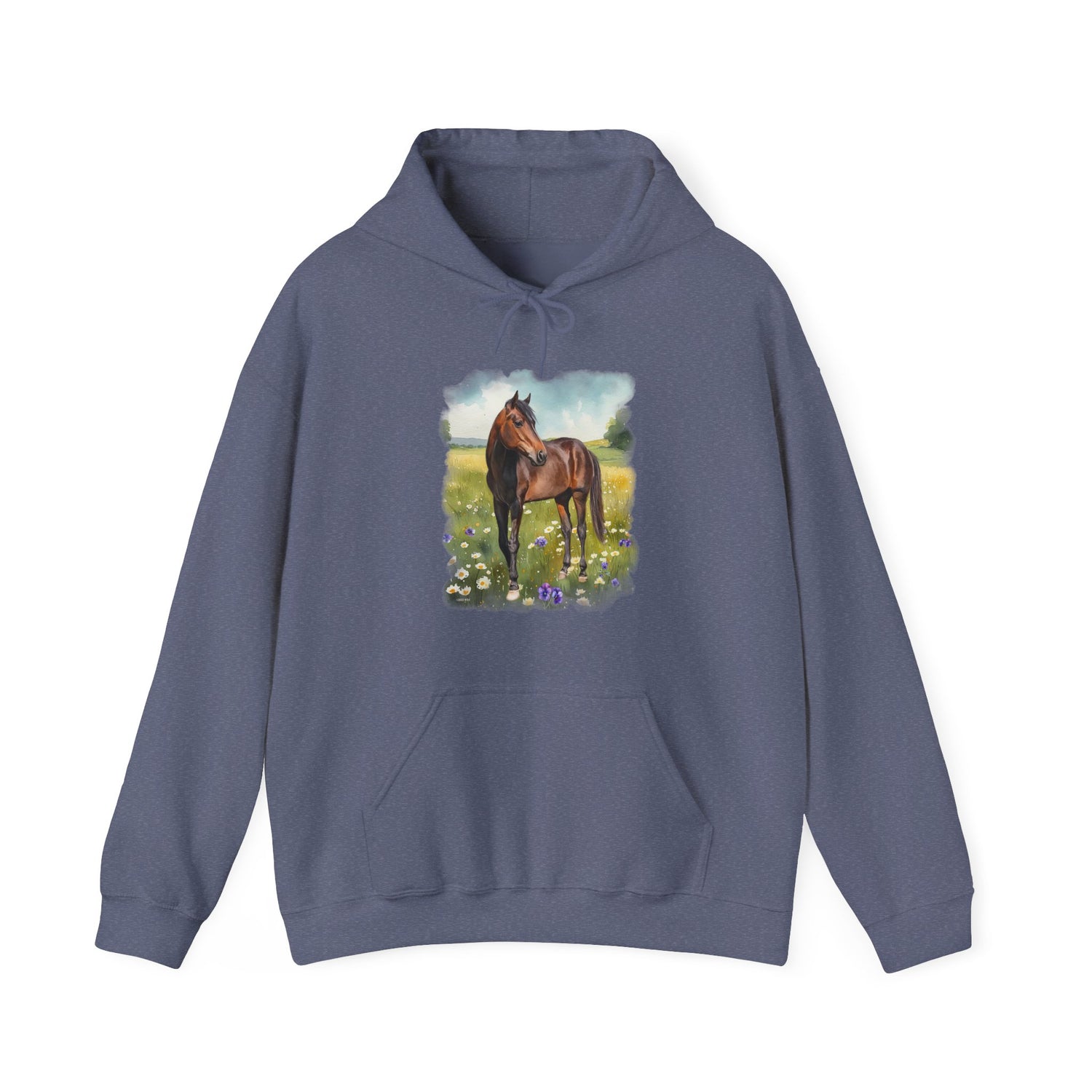
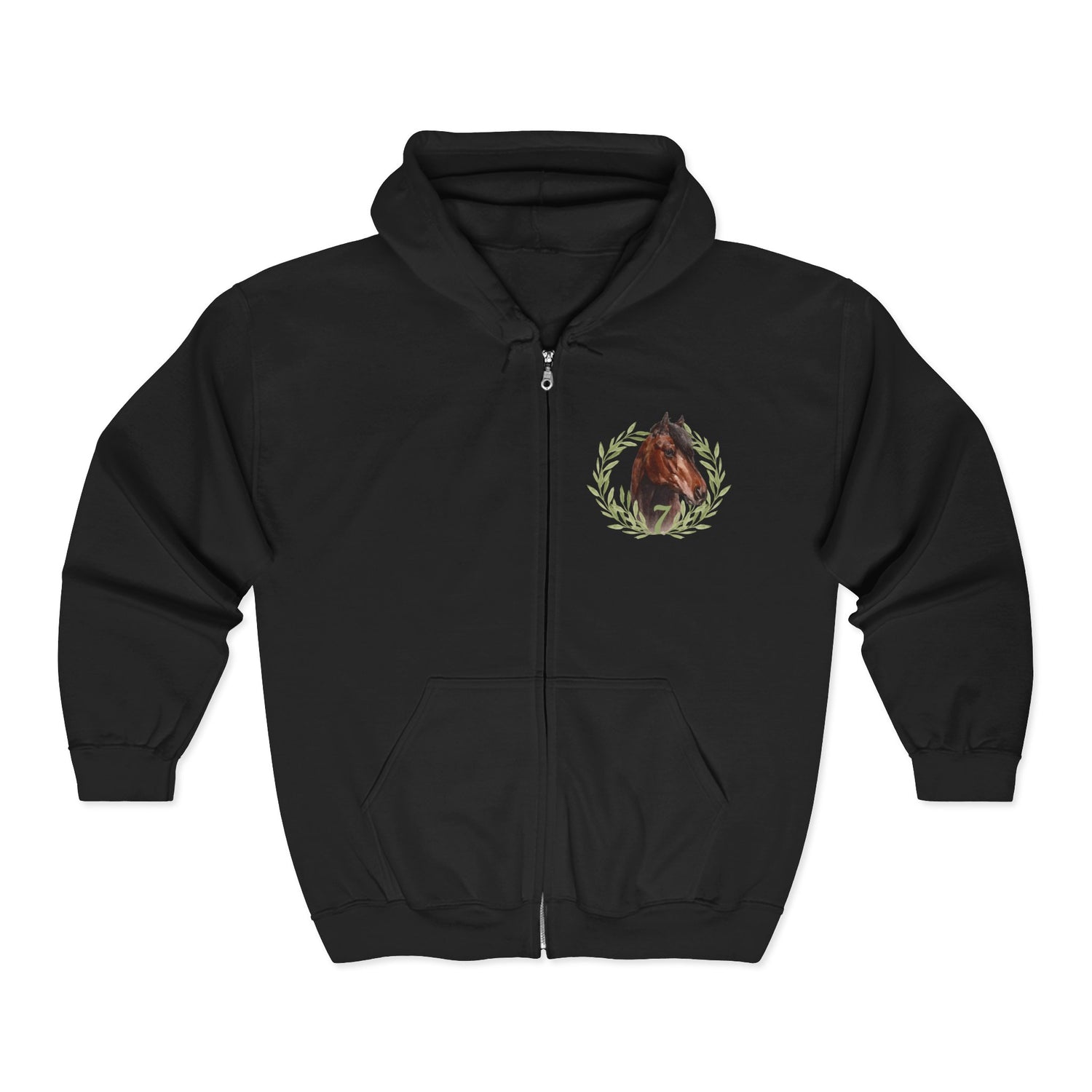
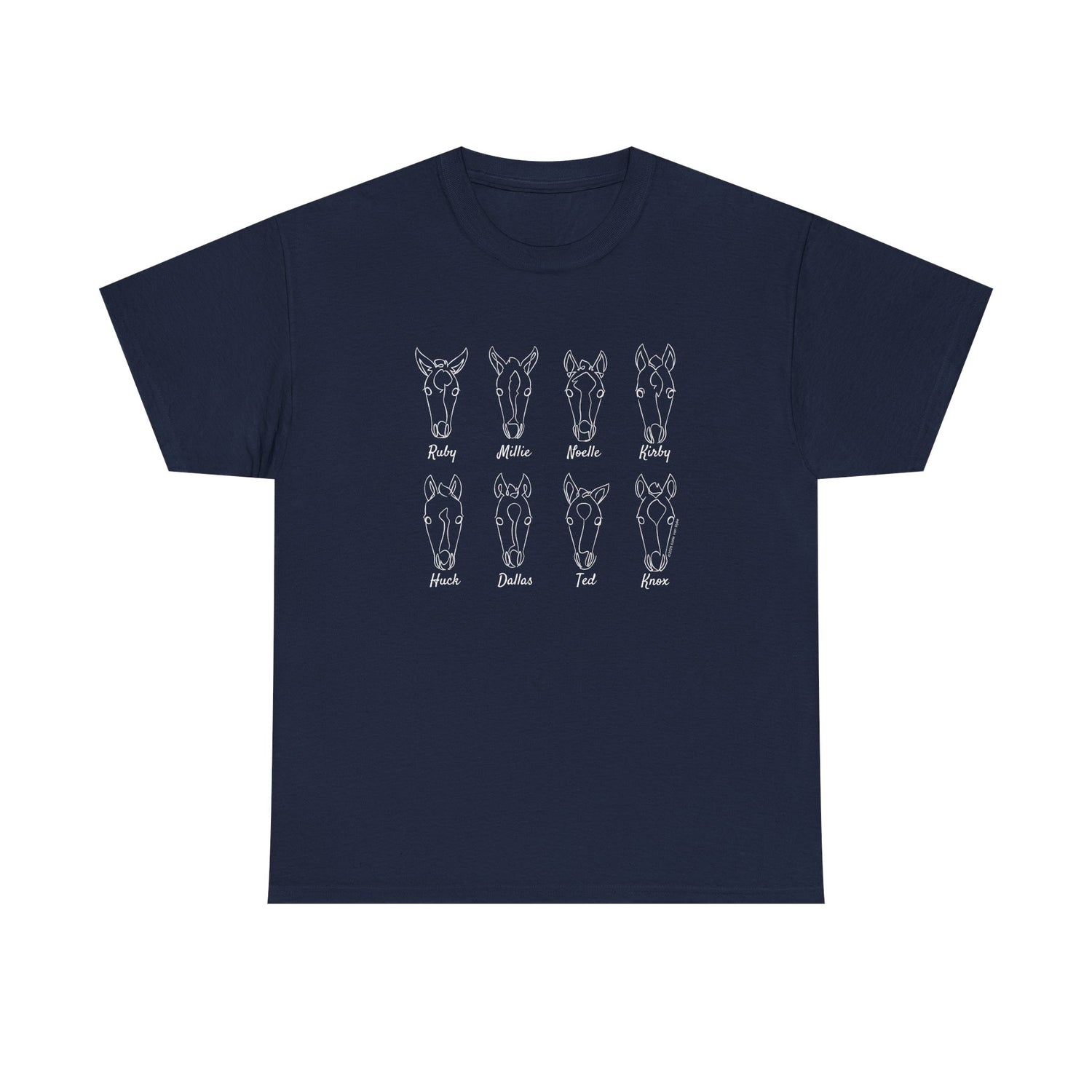
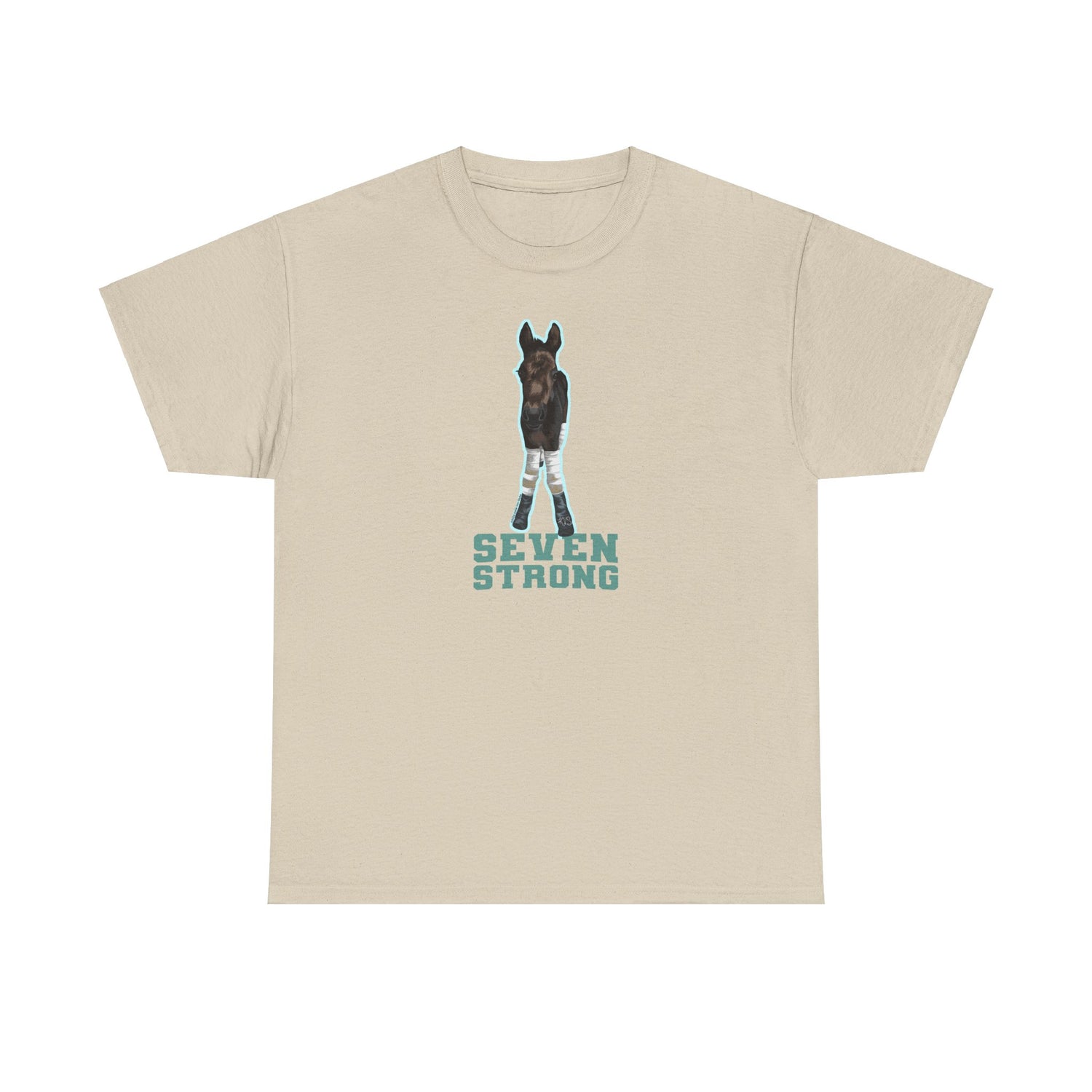
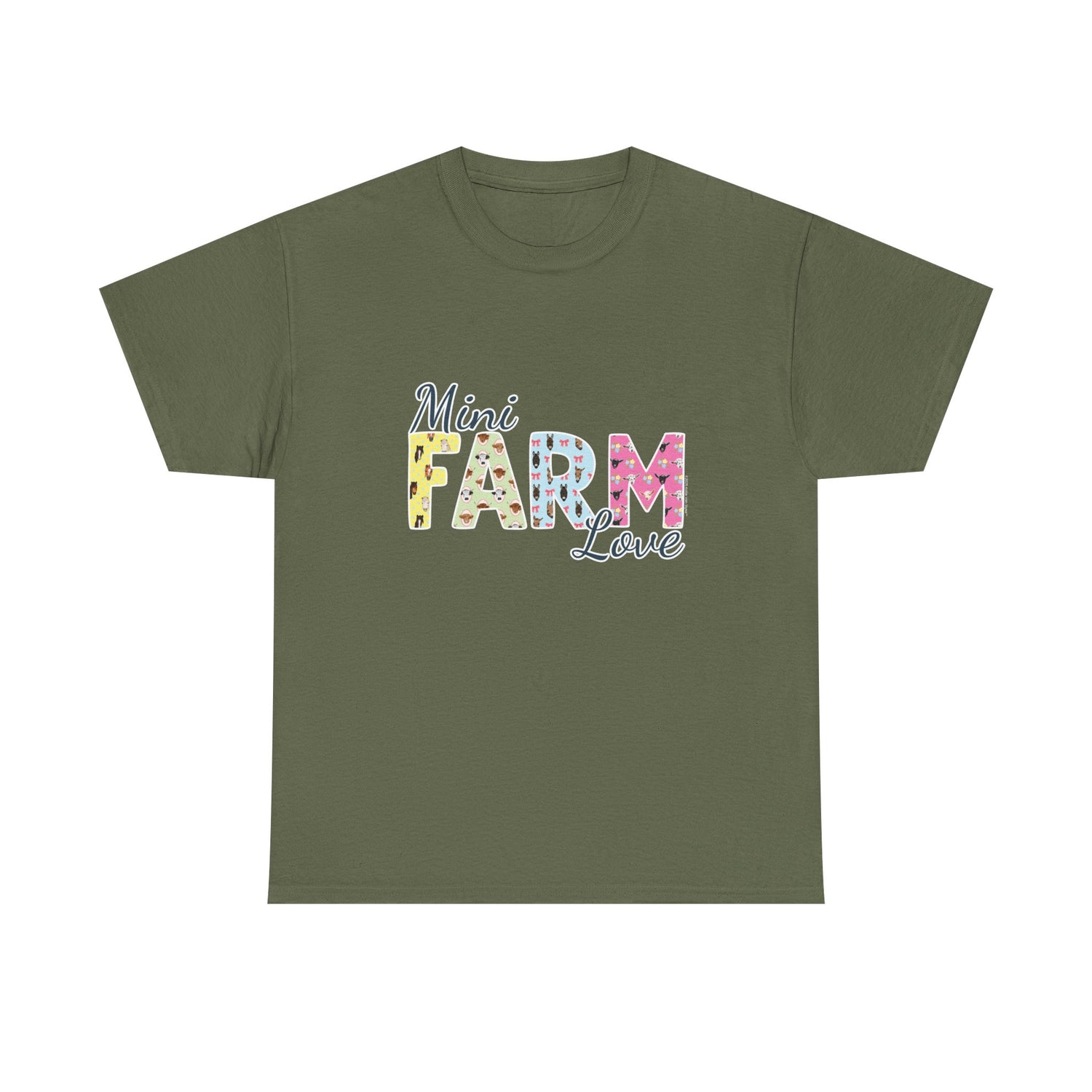
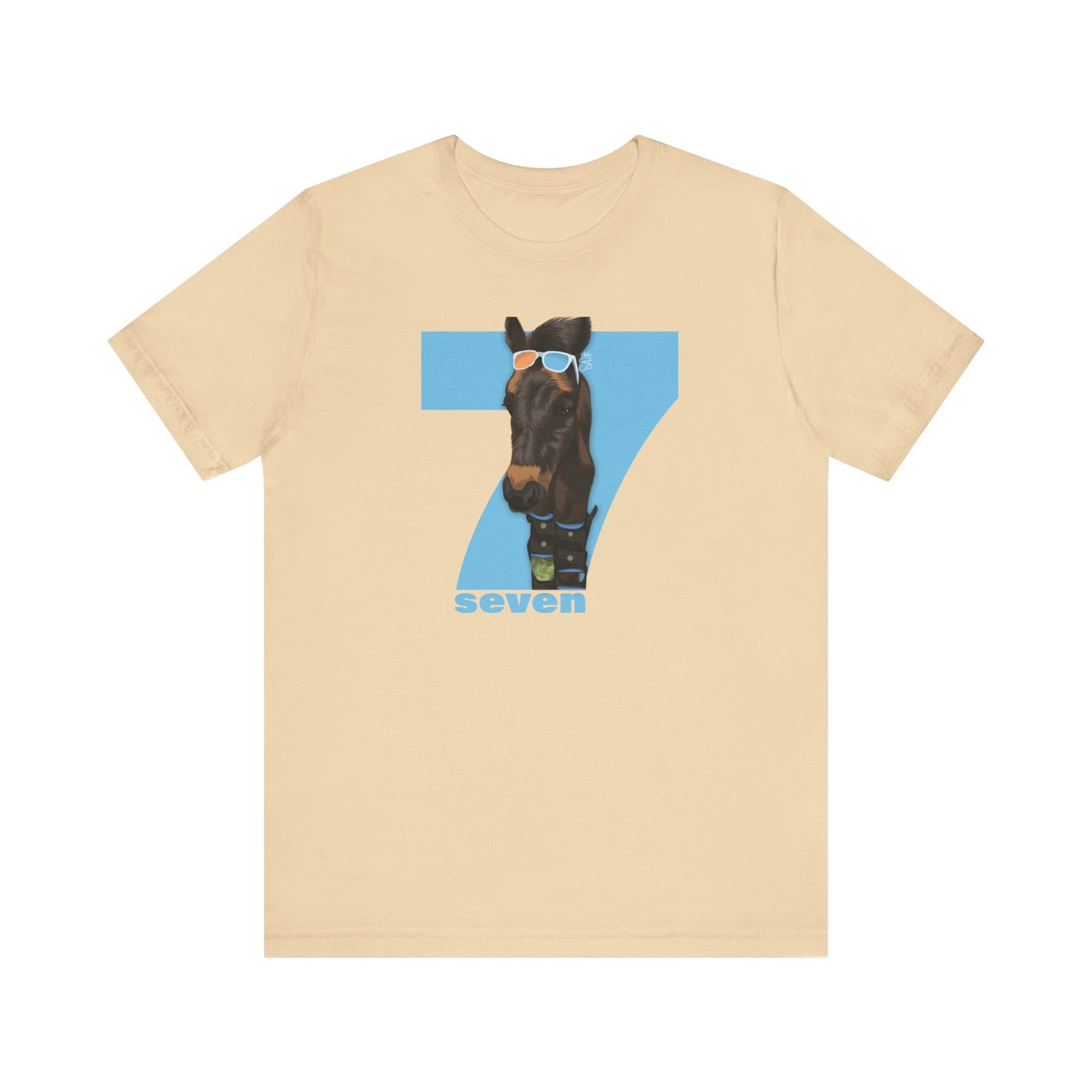

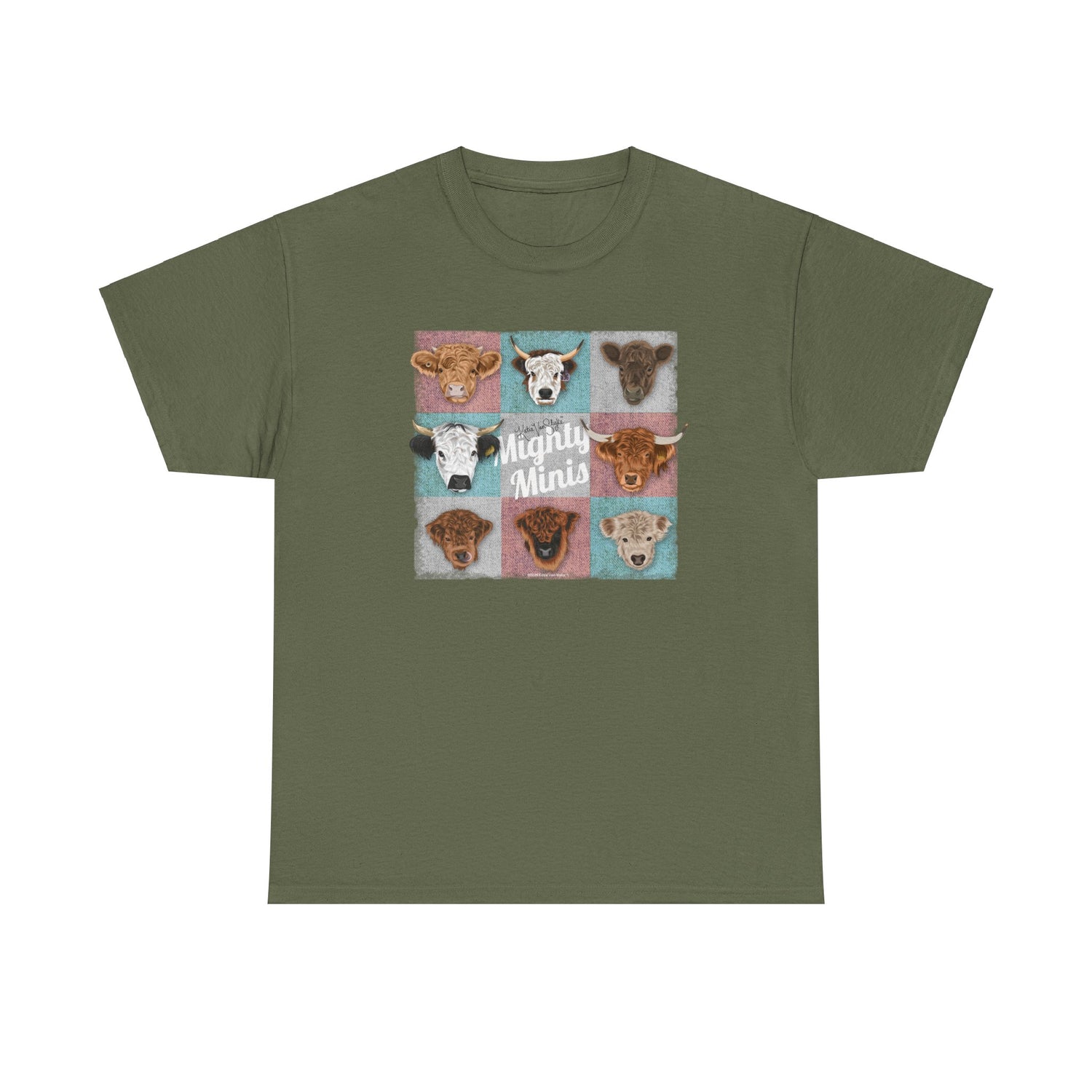
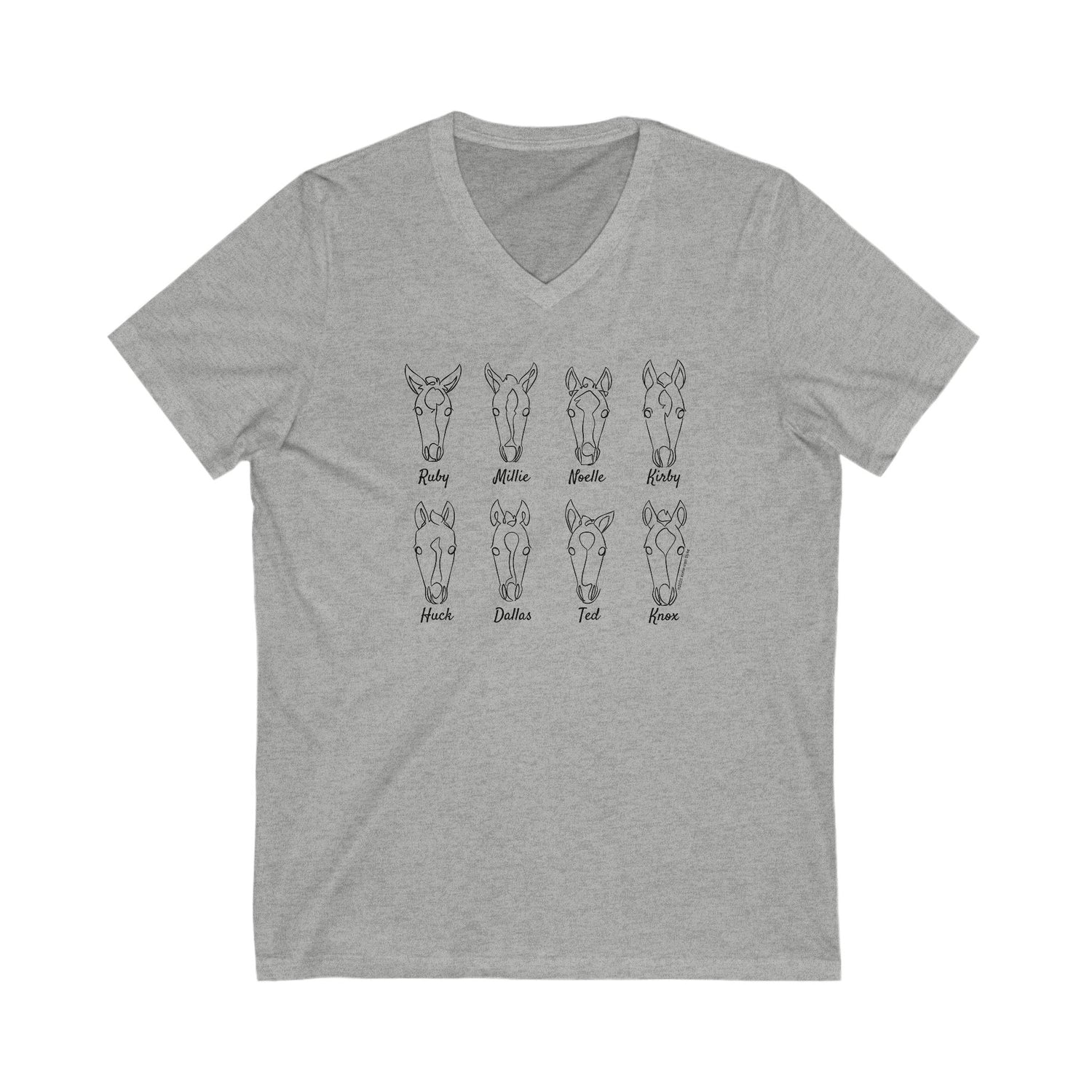
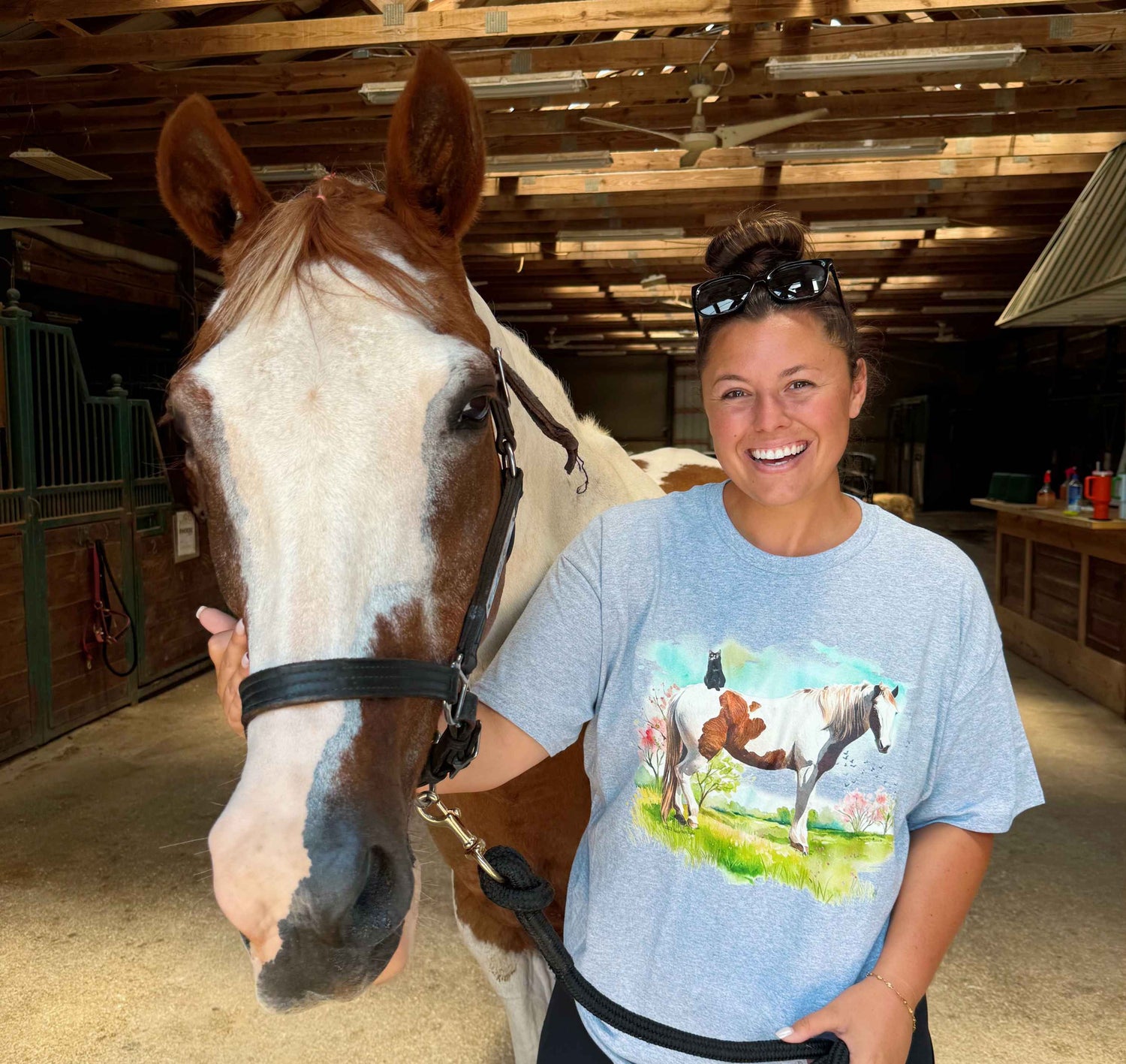
0 comments